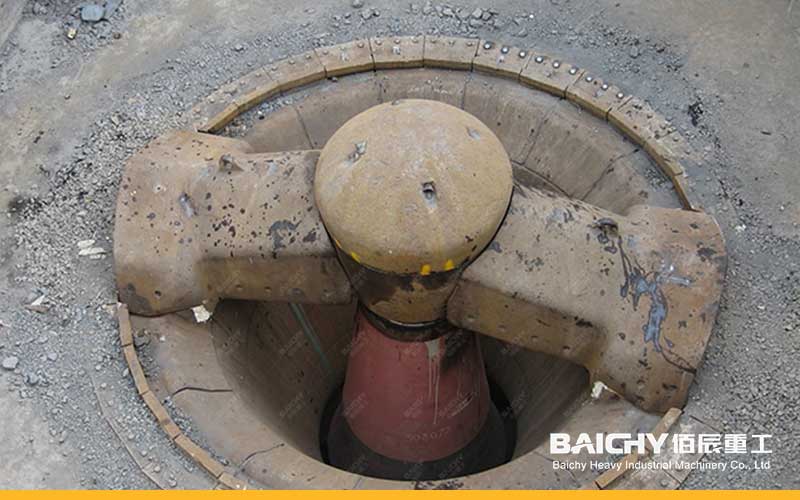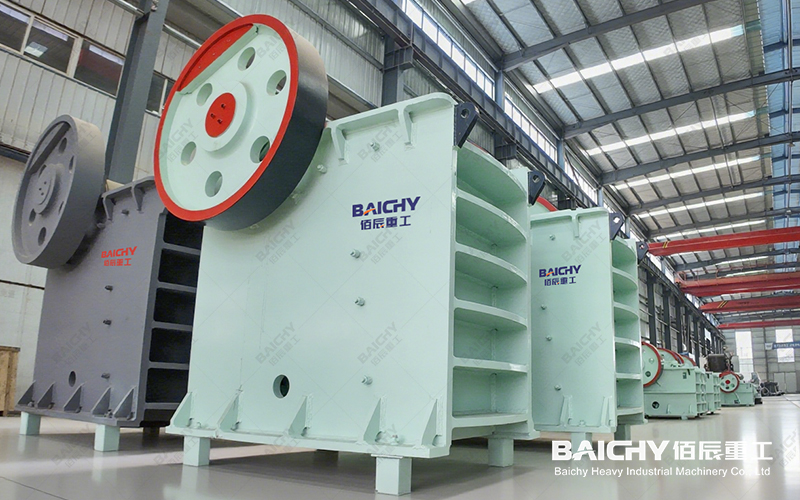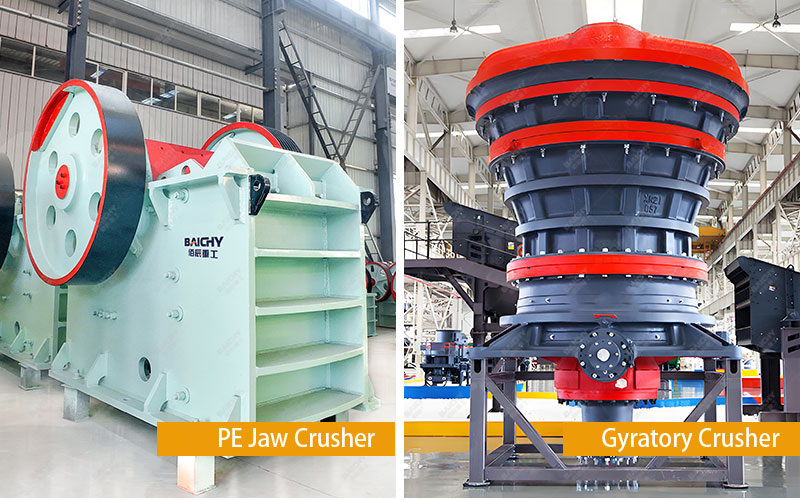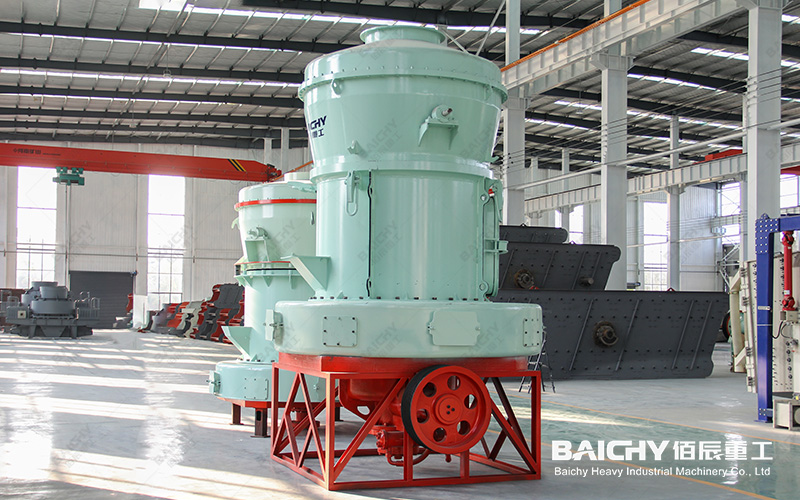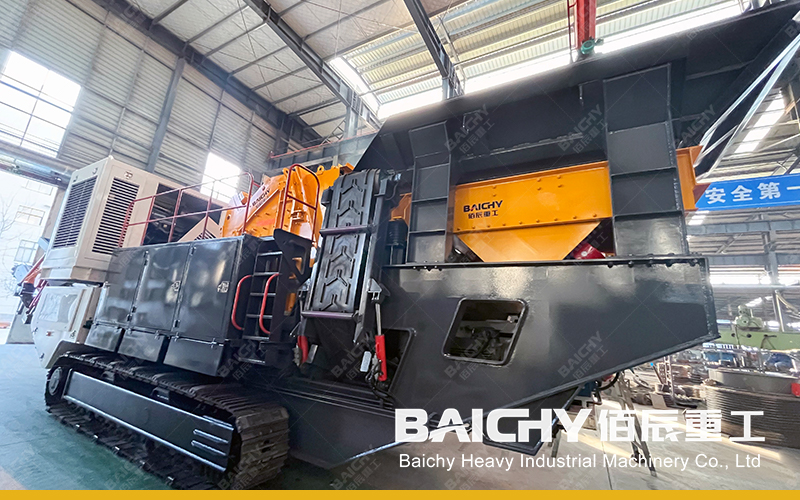
Faced with mountains of construction waste, how can we balance environmental protection, efficiency, and compliance? Choosing efficient construction waste crushing equipment is a crucial first step towards resource utilization.
With the rapid development of urban renewal and construction, the amount of construction waste generated is increasing daily. Traditional landfilling not only occupies land and pollutes the environment but also represents a huge waste of resources. Crushing and screening construction waste using specialized equipment to transform it into reusable recycled aggregate has become an inevitable trend in green development. So, the core question arises: what kind of crushing equipment should be used to process construction waste?
Crawler Crusher PDF,Download ↓↓↓
I. What are the core equipment components for construction waste crushing?
Construction waste has a complex composition, typically including concrete blocks, bricks, mortar, and metal. An efficient crushing production line usually consists of the following core equipment:
1. Feeder: Evenly and continuously feeding materials into the crusher, it is the choke point for stable production.
2. Crushing Equipment (Core):
◦ Jaw Crusher (Coarse Crushing): As the pioneer of primary crushing, it is specifically designed to process large concrete beams, columns, and slabs with its powerful crushing force and high reliability, producing relatively large particle sizes.
◦ Impact Crusher / Cone Crusher (Medium and Fine Crushing):
▪ Impact Crusher: Utilizes the impact crushing principle, producing well-shaped, mostly cubic particles, making it ideal for manufacturing high-quality recycled aggregate. It is the preferred model for construction waste processing.
▪ Cone Crusher: More suitable for crushing hard, highly abrasive materials, but with relatively high energy consumption, and less commonly used in pure concrete processing.
3. Magnetic Separator: Effectively separates metal impurities such as reinforcing bars and wires during the crushing process, ensuring the purity of recycled aggregate and equipment safety.
4. Vibrating Screen: Classifies the crushed material according to different particle sizes, screening out finished materials suitable for different applications (such as brick making and roadbed subbase).

II. How to Choose? Mobile or Stationary Crushing Plant?
This is the first crucial decision users face when planning their production line. A comparison of the two is as follows:
Features: Mobile Crushing Plant vs. Stationary Crushing Line
Flexibility: Extremely high. Integrated unit, can be moved at any time, crush wherever it goes. Low. Requires foundation for fixation, cannot be moved after construction.
Applicable Scenarios: Projects with scattered demolition sites, short project durations, and frequent relocation. Waste treatment centers, resource recovery plants, projects with stable sites, and a focus on long-term large-scale production.
Investment Costs: Higher investment per unit, but saves on transportation and infrastructure costs. Lower investment in the equipment itself, but higher infrastructure and installation costs.
Production Efficiency: Medium to high, meeting the capacity requirements of most projects. Very high, can be configured with large equipment for large-scale, assembly-line production.
Conclusion: If you handle scattered waste sources and prioritize rapid production and flexibility, a mobile crushing plant is the ideal choice. If you have fixed processing sites and prioritize long-term, stable, large-scale benefits, a stationary production line offers a greater cost advantage.





